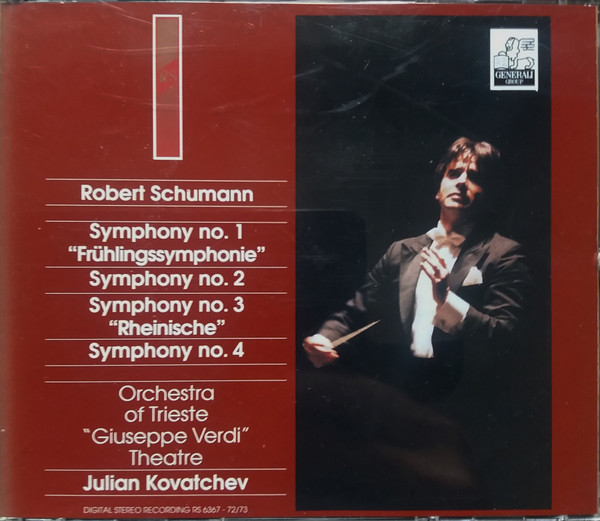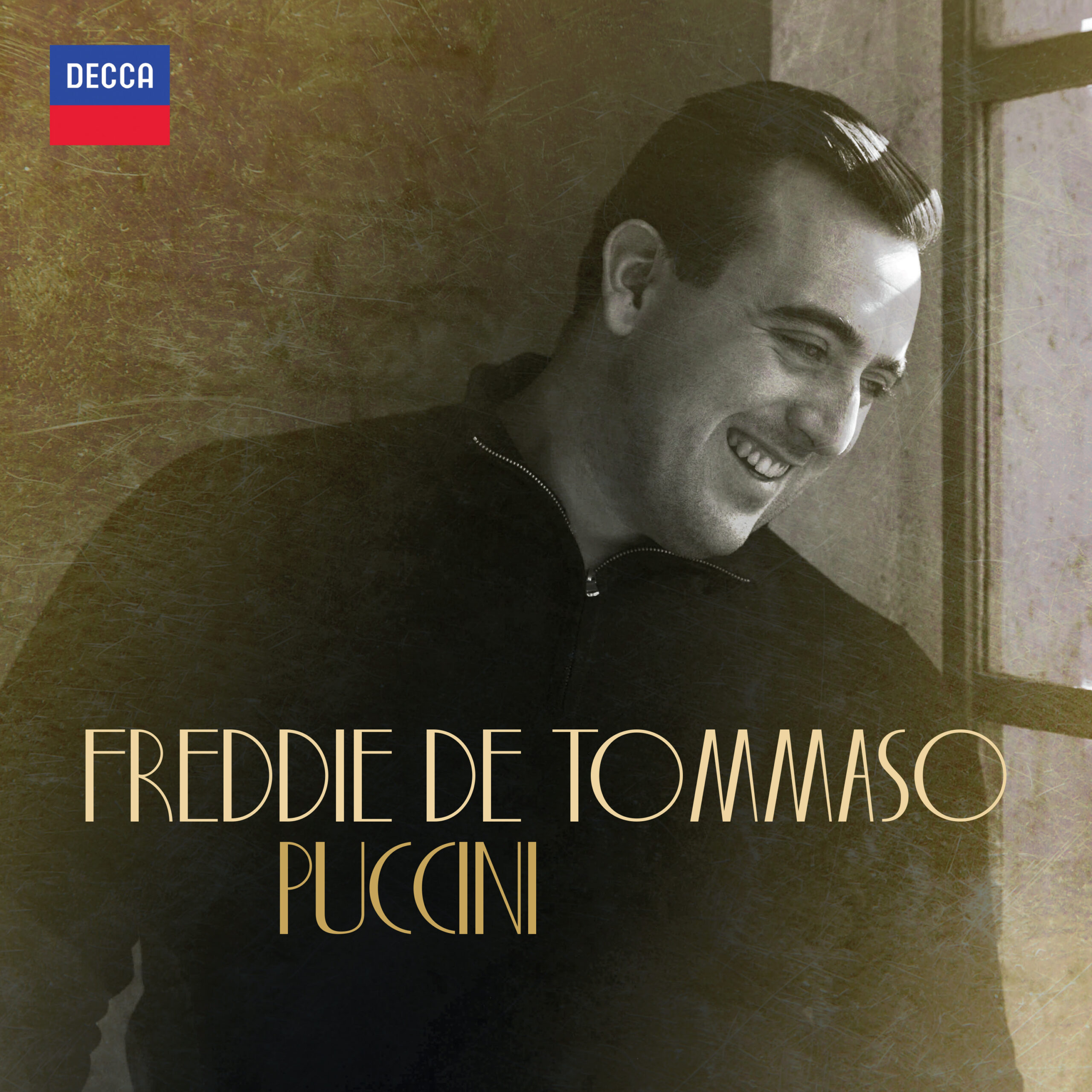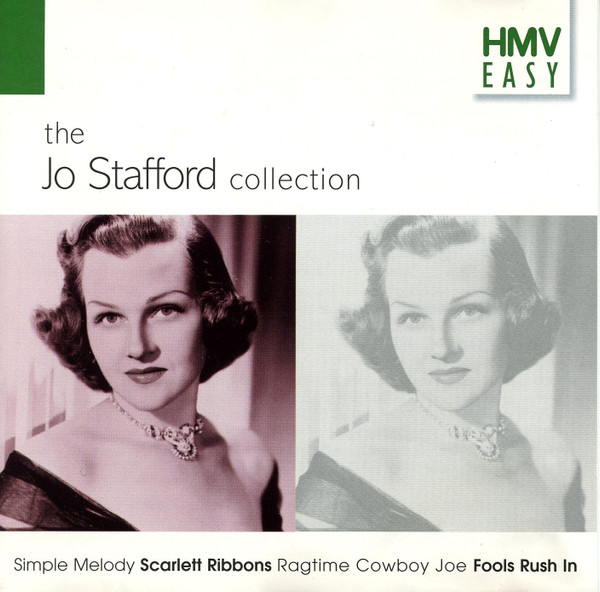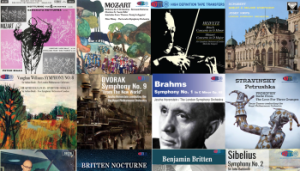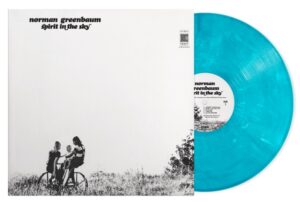Bruckner: Symphony No. 3 in D minor, "Wagner" (Nowak ed., 1877)
Royal Concertgebouw Orchestra, Amsterdam/Nikolaus Harnoncourt
Teldec 4509-98405-2. TT: 54.35
The "historical performance" movement that arose in the 1960s proved more popular, at first, among academics than among regular listeners; eventually, however, its notions of performing older scores without the stylistic accretions of later eras would gain general acceptance. Its practitioners, after pretty much co-oping the Baroque and Classical repertoire—now rarely played by large symphony orchestras—gradually moved into Romantic music, applying their practices, with varying degrees of success, to large-scale orchestral and choral works up to and including Verdi's Requiem.
Nikolaus Harnoncourt, one of the movement's pioneers, adopted a different tactic: he moved into conducting modern symphony orchestras, applying his clean, forthright "period" aesthetic to the standard repertoire. The timing of 54.35 here tells us something, especially since the conductor is using the earlier and longer of Leopold Nowak's two editions of the score.
The opening paragraph tells us this performance will be unconventional. It ordinarily goes with mystical breadth, with the violin eighth-notes supplying an undercurrent of unease; Harnoncourt plays it more swiftly and urgently, the violins now overtly anxious. The tuttis land unobtrusively but firmly as the music continues to press forward. The lyrical second subject sings easily, and Harnoncourt maintains light, clear textures amid all the interwoven counterpoint. In the development, the conductor elicits some mystery from the passage at 8.47 with the walking pizzicatos, then fairly hurtles through the passage at 10.33.
The tempo scheme becomes suspect in the slow movement, here Andante, quasi Adagio. (For what it's worth, Nowak's later edition reverses the designation: Adagio, bewegt, quasi Andante.) Certainly the strings intone their opening chorales with a satisfying warmth and gravity, and the tension gradually builds along with the dynamics. But, at the second subject, a tempo that sounds reasonable and lilting at the start doesn't allow the violins any time to shape their syncopated phrases; perhaps to obscure the problem, Harnoncourt holds down their volume. At least the third group's long sixteenth-note "tails" sound shapely, as they didn't for Solti (Decca) at a similar tempo. The broad climax goes well, but Harnoncourt fails to set up the coda's arrival, so the movement peters out inconclusively.
The latter two movements recover somewhat. The feathery lightness of the Scherzo's string motif is fetching; the movement maintains a good sense of direction—though the climaxes could be more explosive—and Harnoncourt relaxes slightly for the rustic, lilting Trio. In this edition's extended coda, the unexpected modulation provides a thrilling uplift. The rushing violins at the start of the Finale are inaudible rather than pianissimo, but this soon improves, and the figure generates a nice momentum, with brass entries standing in sharp relief. The second theme is, again, rustic and relaxed. The development feels hasty at times, but the conductor's forward drive holds the movement's discursive structure together, and the final climax suggests an appropriate breadth.
When the performance does work, it's because Harnoncourt, unlike other "linear" Bruckner conductors—Boulez, or Gielen, or Abbado in his early recording of the First (Decca Eloquence)—knows to keep some sense of weight and importance in the orchestral sonority as well. In this, it doesn't hurt that he's working with the Concertgebouw Orchestra, with its longstanding Bruckner tradition; its sturdiness acts, literally, as a counterweight to his flow and lightness.
The recorded sound is vivid, though, if you want the sound of the Concertgebouw—the hall itself—unmediated, or if you prefer a more traditional performance, you'll need to get Haitink's first recording (Philips), which you may want to get, anyway.
Good news and bad news for downloaders: Neither Amazon nor iTunes appears to offer this for download. The downloads available elsewhere, however, are lossless files, although some of the sites require the use of BitTorrent or a similar client.
Stephen Francis Vasta is a New York-based conductor, coach, and journalist.
Downloads: torrenthound.com, torrentproject.se, kat.cr, alsotorrents.com (FLAC); bitsnoop.com (unidentified "lossless")







